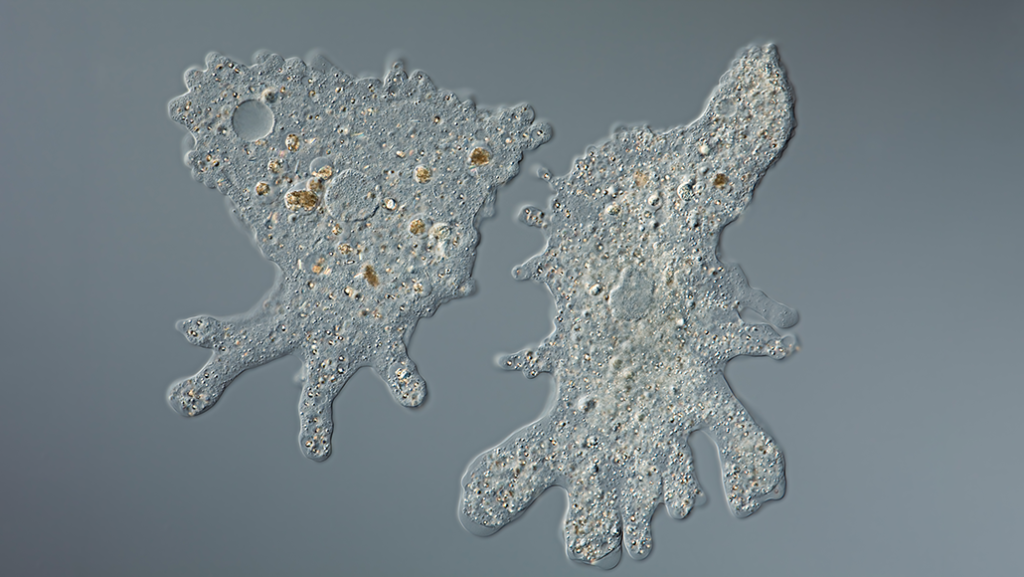
In a wonderfully informative NY Times article by Carl Zimmer entitled “The Secret Life of a Corona Virus,” he explores the ways in which life has been and may be defined. Zimmer describes a tortured path, winding around the curves of scientific discovery, a path as likely to invalidate such a definition as not. He finally offers one scientific attempt: “Life is a self‐sustained chemical system capable of undergoing Darwinian evolution.” When it comes to describing members of the virus world as living, however; this definition is a stretch. A virus remains inert until it enters a host cell.
The balance of the article includes a description of the path of scientific discovery and the chemical/biological workings of living things. I think Zimmer’s difficulty in settling on a definition of life, and he’s not alone in that quandary, lies in the blurriness of life itself. Life is not simply this or that; life is as life does.
A basic distinction we make is between the inert and the animate, the dead and the living. Even this distinction gets blurry, though, as the animate itself is composed of inert, dead elements like calcium, magnesium and iron. Moreover, at the subatomic level, both animate and inert materials are energetic bundles of information in tightly packed space. Setting these paradoxes aside, I suggest we can best gain traction on a definition of life based upon its behavior: life as we know it is willful protein that actively asserts itself within its environment.
If we accept willfulness as essential to life’s definition – how life manifests – this naturally connects to the arising of intelligence. Asserting willfulness is not something a rock can do, but an amoeba can. The amoeba’s willfulness is not born of rational thought, but the willfulness of continuously being in the “on” position: protein asserting itself. The “off” position of living things is death, a return to inanimate, like a rock.
Admittedly, when it comes to dead elements like magnesium, iron and so forth, and if we are prepared to expand the meaning of willfulness, there is not its complete absence. Atomic elements exhibit affinity and repulsion, bonding and breaking bonds with other elements, a sort of atomic soap opera. Thus, an ordered crystal of salt, water or quartz exists. The willfulness and flexibility of proteins, on the other hand, allows existence to arise in myriad forms. DNA and RNA, strands of willful protein, animate animal, plant and viral bodies alike, carrying encoded information specific to the fulfillment of its will to be.
Willful protein, or what I call “life,” interacts and often alters its environment, and the environment occupies the passive role of earth’s living system. It is upon and within the passive that life first took hold and integrated with it in a willful blossoming of energetic activity. Death dissipates energy and disintegrates matter into primary elements, but life and death are actually a single process bound together, a seamless whole. Ours is a zero-waste universe.
In its origins in the Big Bang, life can be traced back to the beginnings of time and space: the willfulness of matter itself. It is that willfulness and its statistical advantage that accounts for the near absence of antimatter.
A purely technical definition of life is insufficient without accounting for its willful force of action. We inhabit a willful universe that’s always “on,” constantly asserting itself and pressing forward in time. It’s only logical that life follow suit.
I think you are right that the key distinction is between action and passion. There is no convincing notion of life without the notion of an entity which acts on its own behalf, which in turn implies a “behalf” – some sort of self-interest. I also think you are right that if agency is not a fundamental feature of the universe, it is vey hard to see how it could arise